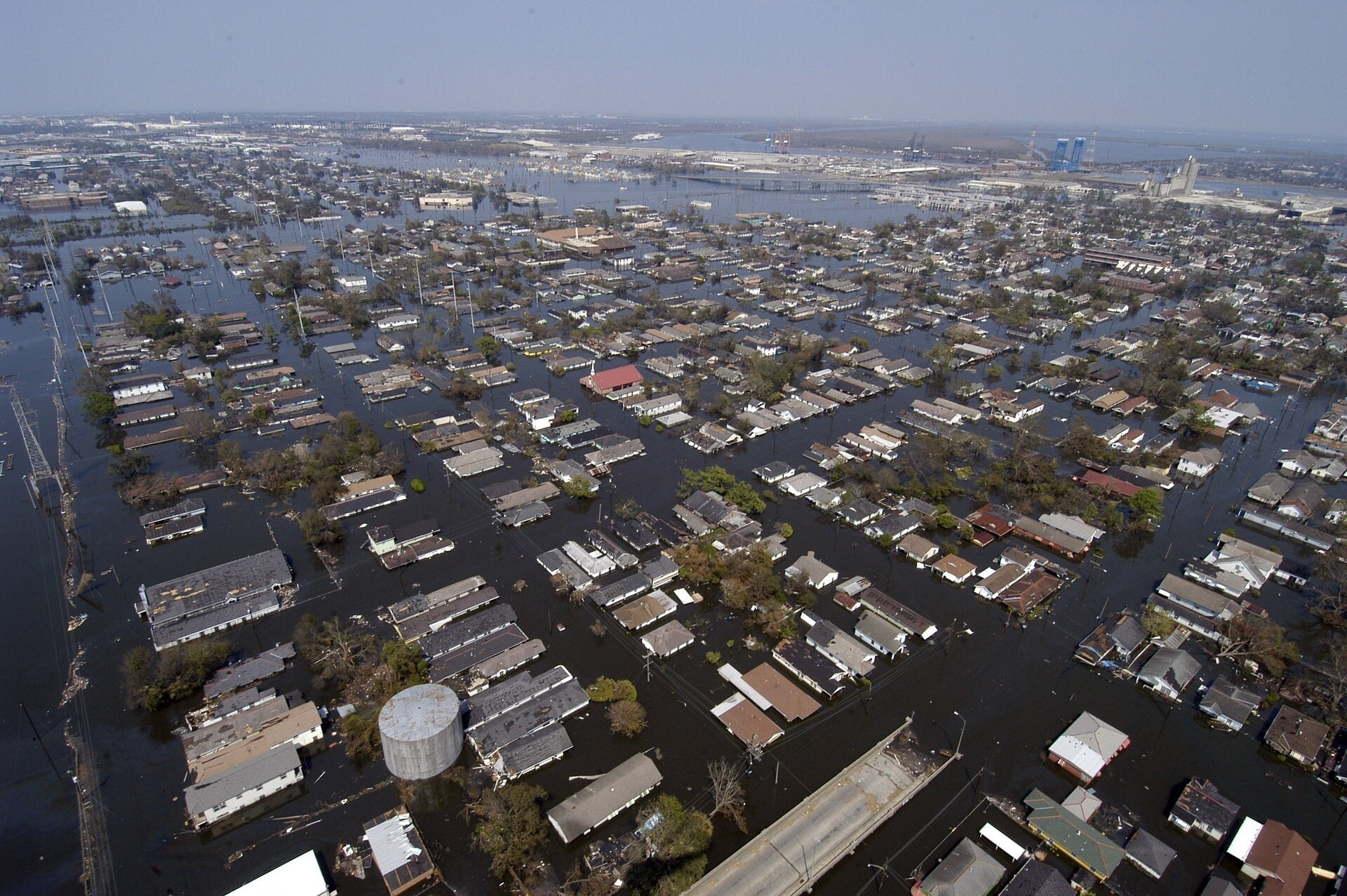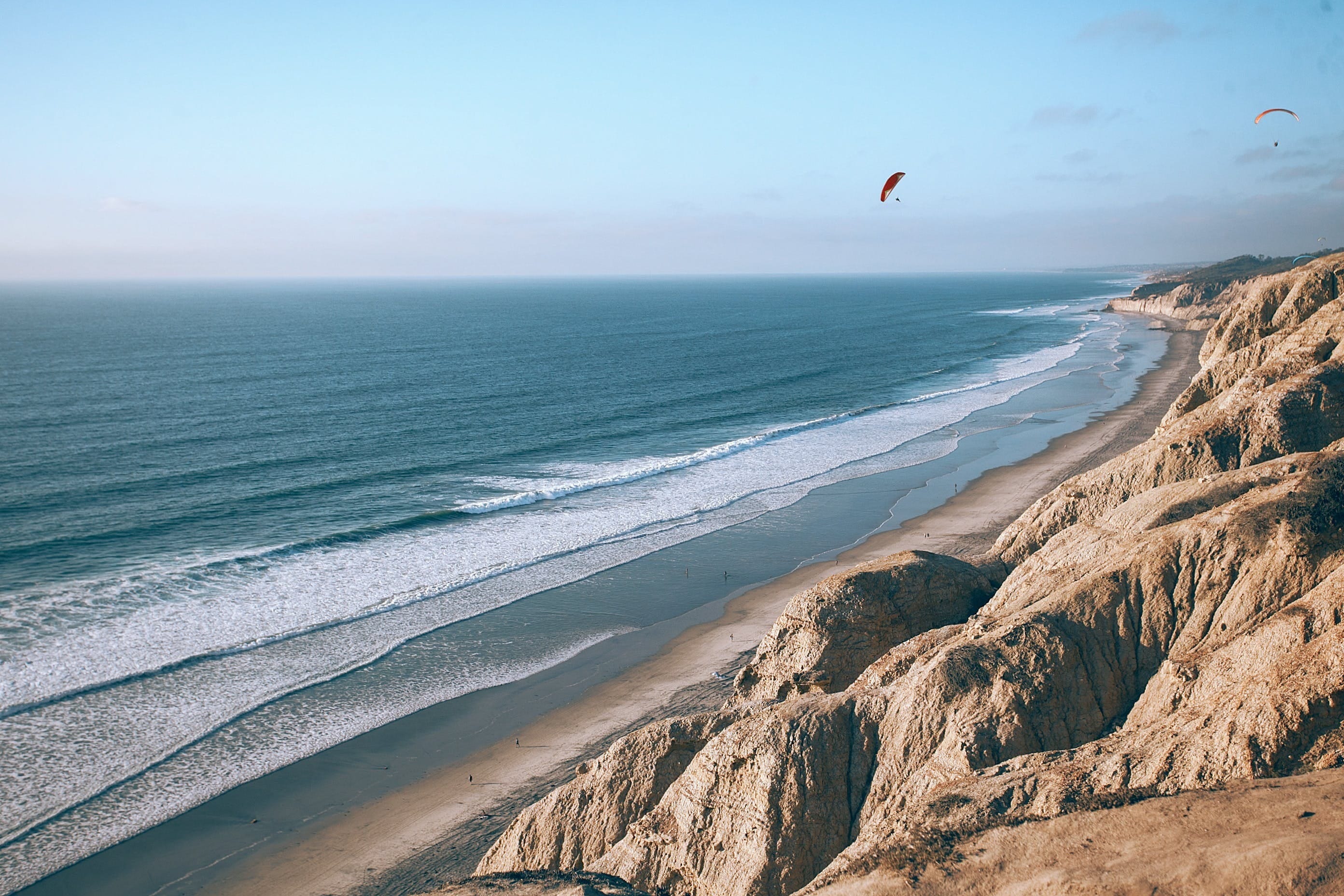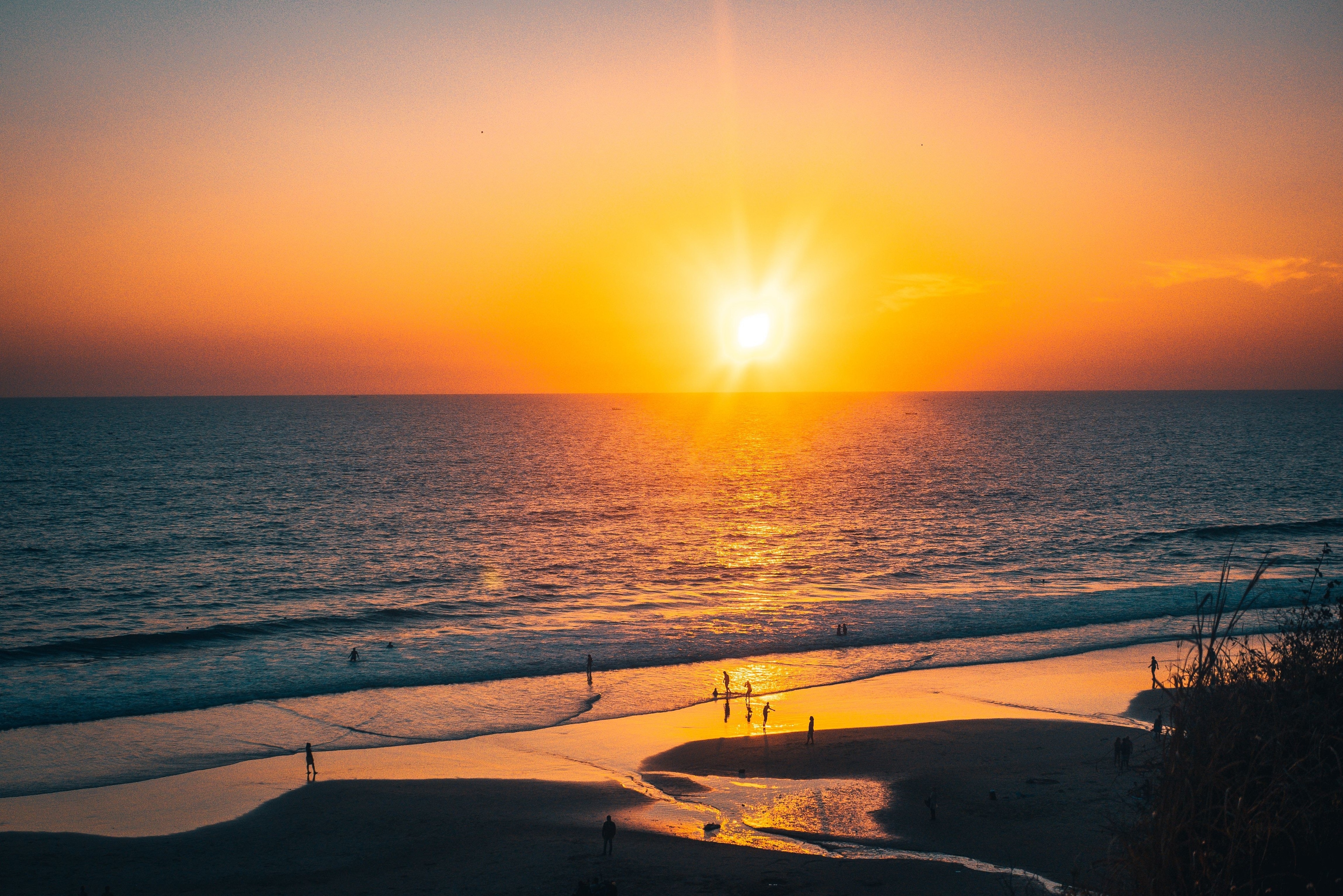This CEO has travelled to space and the deepest ocean floor – here’s how he deals with risk

Space sustainability and debris presents a risk. Image: WEF

Get involved with our crowdsourced digital platform to deliver impact at scale
Stay up to date:
Space
Listen to the article
- Dylan E. Taylor has honed his approach to risk during adventures in space and the deepest oceans.
- Taylor is a space-tech entrepreneur building a replacement for the International Space Station.
- The World Economic Forum is developing a sustainability rating for space exploration.
“When you go into space and look back at the Earth, you get this profound sense that there is no other place for us. You see the planet with its ridiculously thin atmosphere and you realize that’s the only place where human life can exist. That’s it.”
Dylan E. Taylor is the first to admit that his observations from space skew towards the clichéd. When he saw the Earth from afar, Taylor was struck by the fragility of human existence and the risk the climate crisis poses to the future of the human race.
Speaking to the World Economic Forum’s Linda Lacina on the ‘Meet the Leader’ podcast, Taylor said: “When you go to space, once you see that you can’t unsee it.”
Taylor is the chairman and Chief Executive Officer of Voyager Space, one of the firms helping with efforts to replace the ageing International Space Station.
He’s drawn to exploration, and though he doesn’t characterize himself as an adventurer, he’s been to some extraordinary places.
“I was offered the opportunity to go to the bottom of Mariana Trench in the Pacific Ocean – the deepest stretch of seabed in the world. How do you say no to that?
“You descend for four and a half hours, dropping like a stone and it’s 10,900 metres at its deepest point. We spent two hours at the bottom, and then it was four and a half hours back up.”
From existential threats to calculated risks
With his exploits in space and the world’s deepest ocean, it’s fair to say that Dylan E. Taylor has experienced risk in its purest forms – but he’s no adrenaline junkie. “I'm all about calculated risks,” says Taylor. “I don’t throw caution to the wind, I ask literally hundreds of questions.”
When Taylor committed to the Mariana Trench, he didn’t go all in from the start, he explained.
“I told my family that I was not committing to diving, I was committing to getting on the vessel. I was committing to going to the dive site, and if I wasn’t comfortable I wasn’t going to do it.”
Taylor applies a similar approach to managing risk in business, he explained to Lacina. “The way I approach it is to really try to understand the problem. I look at it from every possible angle. What could go wrong? If things do go wrong, what's plan A? What's plan B? What's plan C? I don't think one contingency plan is enough.
“It’s just the way my mind works. Once all my curiosities have been resolved and all my questions have been answered, I switch into a riskless mode because I completely trust the system or the process. So essentially it’s an incredibly detailed screening process that gets me to a point where I’m satisfied.”
What is the World Economic Forum doing about the Fourth Industrial Revolution?
Planning for a new future in space
Taylor’s meticulous approach to risk and planning is apparent in his company’s work to build a new orbiting laboratory to replace the International Space Station. With every risk amplified in the vastness of space, Taylor is taking no chances.
“Our space station is called Star Lab. We're building a terrestrial version in the US so we can stage all the experiments and make sure all the bugs are worked out before we put them into Star Lab and send them into space. After the experiments are done on the station we’ll bring them back to Earth and iterate from there.”
One risk Taylor’s Star Lab will face is the growing danger of collisions with space debris.

The European Space Agency says there are now more than 170 million pieces of space debris measuring more than 1mm. The United States Space Force is tracking more than 20,000 objects in low-Earth orbit, including used rocket bodies, payloads and debris fragments.
The Word Economic Forum is developing a Space Sustainability Rating to ensure the safety of spacecraft and the people who operate them, a matter that’s close to Dylan E.Taylor’s heart.
“Space sustainability is a huge issue and debris presents a great risk. The International Space Station often needs to dodge debris and it has been hit by discarded objects. Even tiny specks of paint can do damage to the Space Station because they're moving so fast in orbit.”
Don't miss any update on this topic
Create a free account and access your personalized content collection with our latest publications and analyses.
License and Republishing
World Economic Forum articles may be republished in accordance with the Creative Commons Attribution-NonCommercial-NoDerivatives 4.0 International Public License, and in accordance with our Terms of Use.
The views expressed in this article are those of the author alone and not the World Economic Forum.
Related topics:
The Agenda Weekly
A weekly update of the most important issues driving the global agenda
You can unsubscribe at any time using the link in our emails. For more details, review our privacy policy.
More on Global RisksSee all
Gareth Byatt and Ilan Kelman
March 11, 2024
Andrea Willige
March 6, 2024
Richard Aster
November 15, 2023
Ian Shine and Rebecca Geldard
November 14, 2023
Andrea Willige
October 26, 2023
Björn Gillsäter
August 7, 2023







